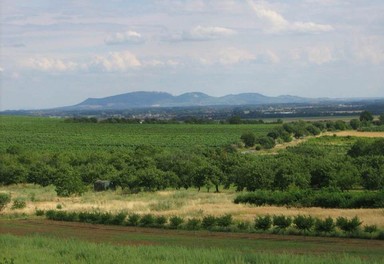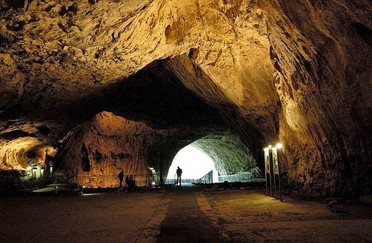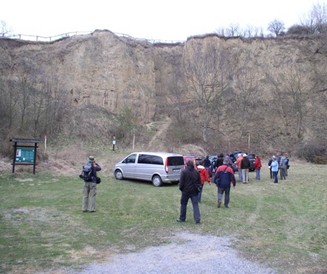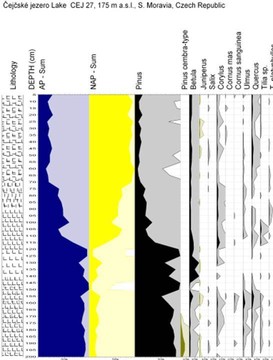Field Trips
A) Permian continental ecosystems of SE Germany (Chemnitz, Manebach, Tambach)
(Pre-Conference Field Trip, 3 days)
1 small bus = approx. 20 attendees
Date: September 10 – 12, 2020
Price: 330 EUR/person
including two nights accommodation with breakfast,
bus transportation and guide, two lunch packages, two dinners, local VAT and fees
Expected length: 800 km (bus), 2 km (walk)
The field trip will present classical outcrops, ongoing excavations and leading exhibitions, which show fossil assemblages found in Permian terrestrial strata of SE Germany. Anatomically preserved plants, animals and their taphonomic pathways will be presented and discussed as modern methods of „fossil hunting“ and collecting.
Guides: Ronny Rössler
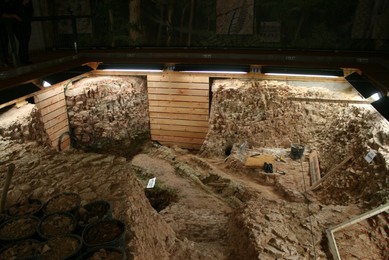
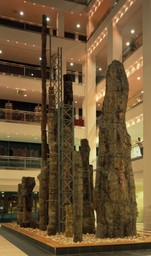
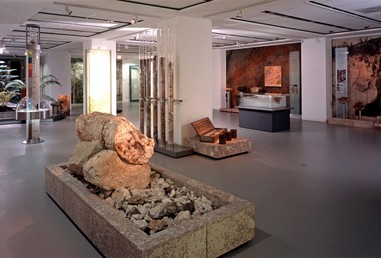
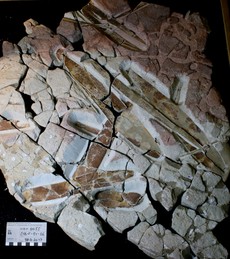
B) Lower Palaeozoic of the Barrandian area
(Mid-Conference Field Trips, 1 day)
1 bus = approx. 50 attendees
Date: September 15, 2020
Price: 71 EUR/person including bus transportation and guide, one lunch package, local VAT and fees
Expected length: 150 km (bus), 2 km (walk)
Special requirements: Geological hammer is recommended.
The excursion will provide a brief review of Cambrian, Ordovician and Silurian stratigraphy of the Barrandian area. Five visited outcrops will comprise: middle Cambrian at Medalův Mlýn (greywackes containing prasinophytes and cyanobacteria), Middle/Upper Ordovician locality at Kazín (shales with abundant chitinozoans), Upper Ordovician locality at Hlásná Třebáň (shales with abundant cryptospores), Wenlockian Vyskočilka in Prague (black shales and limestones with common chitinozoans), and Přídolí at the Kosov quarry near Beroun (limestones with tuffites containing remains of early land plants).
Guides: O. Fatka, L. Vodička
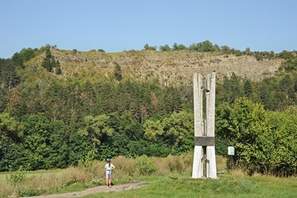
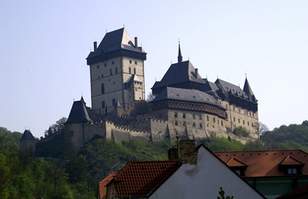
C) Late Cretaceous of the Bohemian Cretaceous Basin
(Mid-Conference Field Trips, 1 day)
1 bus = approx. 50 attendees
Date: September 15, 2020
Price: 79 EUR/person including bus transportation and guide, one lunch package, local VAT and fees
Expected length: 150 km (bus), 3 km (walk)
Special requirements: Visited localities are situated in open-cast lignite mines,
so solid shoes are needed. Geological hammer is recommended.
A field trip to three localities: Horoušany, Vyšehořovice and Pecínov, where the exposed Peruc-Korycany Formation (Cenomanian, Late Cretaceous) will provide an overview of palaeobotany and sedimentology of the mid-Cretaceous part of the Bohemian Cretaceous Basin. In Horoušany and Pecínov, collecting of fossils and sampling for microfossils will be possible.
Guides: Jiří Kvaček (palaeobotany), David Uličný (geology)
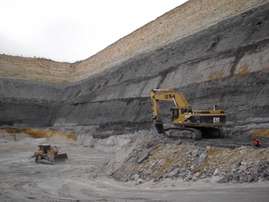
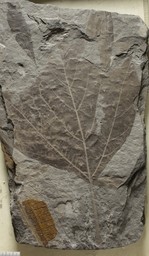
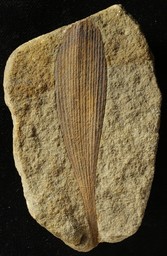
D) Neogene of north-western Bohemia
(Mid-Conference Field Trips, 1 day)
1 bus = approx. 50 attendees
Date: September 15, 2020
Price: 108 EUR/person including bus transportation and guide, one lunch package, local VAT and fees
Expected length: ca. 200 km (bus)
Preliminary itinerary
Special requirements: Both visited localities (Vršany, Bílina) are situated
in open-cast lignite mines, so solid shoes are needed. Geological hammer is recommended.
Eocene to Pliocene sediments are preserved in depressions and grabens along the Krušné hory Mts. Besides fresh-water coal-bearing deposits, products of volcanic activity occur in Western and Northern Bohemia, forming the eastern branch of the European Cenozoic Volcanic Alkaline Province. We will visit lower Miocene sediments of the Most Basin with two stops, first in Vršany in the morning, and second in Bílina in the afternoon. The first stop will mainly be devoted to collecting fossil plants within the main lignite seam; the second stop will rather be focused on explication of the overall geological situation in which the sediments were deposited, from the basement to the uppermost parts, situated in the MMCO.
Guides: Jakub Sakala and Vasilis Teodoridis (palaeobotany),
Petr Šulcek and Tomáš Novotný (geology – Vršany), Karel Mach (geology – Bílina)
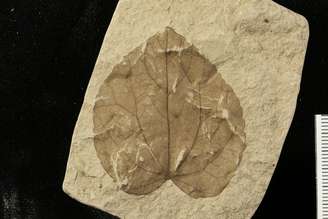
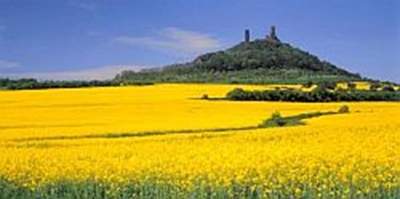
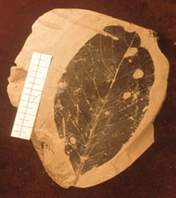
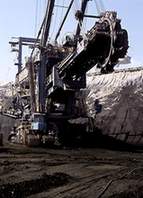
E) Postglacial of Šumava National Park
(Mid-Conference Field Trips, 1 day)
1 bus = approx. 50 attendees
Date: September 15, 2020
Price: 81 EUR/person including bus transportation and guide, one lunch package, local VAT and fees
Expected length: 400 km (bus), 8 km (walk)
Map: drive, hike
Special requirements: The visited lake is situated in quite a remote area,
away from the road, only accessible on foot. The total hike is about 8 km.
Only persons able to undertake such a lengthy trail are allowed to register!
Bring walking shoes and outdoor clothing (altitude of 1100 m).
This excursion will cover late Quaternary vegetation changes, with focus on long-term dynamics of natural mountain spruce forests and their disturbances. We will visit an investigated lake of glacial origin and a peat bog, where results from sedimentary archives will be presented. Along the trail, we will have an opportunity to observe mountain spruce forests that were recently affected by severe bark beetle infestations and wind disturbances, and are currently regenerating.
The excursion will lead through the most protected parts of the national park, only accessible on foot. A hike leading from a bus parking lot to a glacial-origin lake is planned with a total length of 8 km.
Guides: Petr Kuneš
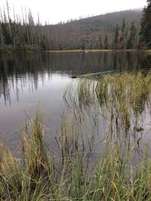
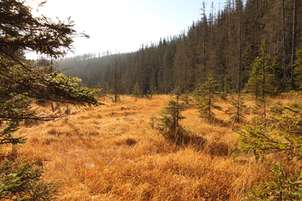
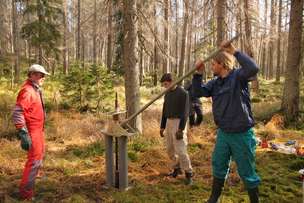
F) Late Pleistocene and the Holocene of Bohemian Paradise
(Mid-Conference Field Trips, 1 day)
1 bus = approx. 50 attendees
Date: September 15, 2020
Price: 82 EUR/person including bus transportation and guide, one lunch package, local VAT and fees
Expected length: 250 km (bus), 1 km (walk)
Barely hour and a half away from Prague, “rocky cities” built of Cretaceous sandstones offer an opportunity to enjoy picturesque, rarely seen landscapes and to visit some classical, as well as freshly investigated Late Pleistocene and Holocene sites. Emphasis will be given to stratified archaeological sites under rock shelters and adjacent wetlands, which together provided a wealth of environmental proxies. No special clothing or shoes are required. All places visited will be easily accessible on foot. The walking distance from the bus will be within one kilometer. We will make several stops at which we will show the methods of field research and the results of palaeobotanical investigations.
Guides: Petr Pokorný
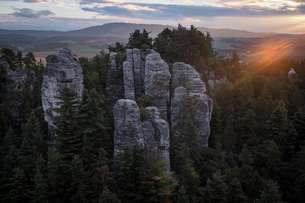
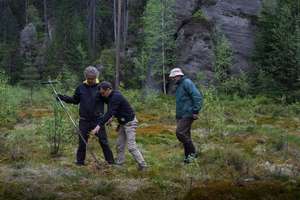
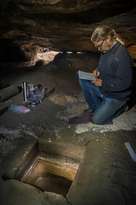
G) Modern pollen deposition in relation to Holocene vegetation changes in the Krkonoše Mts.
(Mid-Conference Field Trips, 1 day)
1 bus = approx. 50 attendees
Date: September 15, 2020
Price: 91 EUR/person including bus transportation and guide, one lunch package, local VAT and fees
Expected length: 300 km (bus), 7 km (walk)
Special requirements: The visited sites are situated in quite a remote area,
away from the road, only accessible on foot. The total hike is about 7 km.
Only persons able to undertake such a lengthy trail are allowed to register!
Bring walking shoes and outdoor clothing (altitude of 1400 m).
This excursion will visit our highest mountain range in NE Bohemia. In this iconic landscape covered in its highest part by azonal tundra accompanied by many peatbogs, a long-term pollen monitoring project has been carried out, since 1997. We will concentrate on pollen monitoring results in relation to Holocene development of mountain tundra and mountain forest.
Two or three hours walk around the Krkonoše plateau at an elevation of 1200 to 1400 m a.s.l. (Vrbatova bouda Chalet – Pančava Waterfall – Labská louka meadow – Labská bouda Chalet – Labe (Elbe) Waterfall – the spring of Labe (Elbe) river – Pančava mire - Harrachovy kameny rocks - Kotelní jámy (Kettle holes) – Vrbatova bouda Chalet; 7km).
Guides: Helena Svitavská-Svobodová
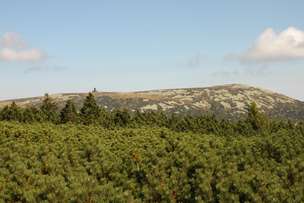
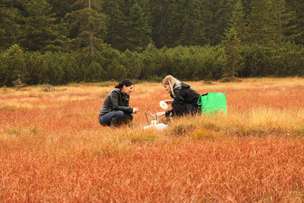
H) Holocene of Bohemian Switzerland and Doksy region
(Mid-Conference Field Trips, 1 day)
1 bus = approx. 50 attendees
Date: September 15, 2020
Price: 93 EUR/person including bus transportation and guide, one lunch package, local VAT and fees
Map
Expected length: 300 km (bus), 1–2 km (walk)
Sandstone areas in the western part of the Czech Cretaceous basin developed in two contrasting landscapes. Bohemian Switzerland is characterized by spectacular rock towers and deep moisty gorges covered by peatlands. This steep geomorphological gradient is covered by a fine-grained mosaic of coniferous and broadleaved forests. We will visit the largest natural rock gate in Europe (Pravčice gate), and an adjacent peat deposit with pollen and charcoal record spanning the Late Holocene.
Sandstones in Doksy region are in the last stage of pseudokarst development. Gently sloped tablelands and shallow peaty basins prevail over sandstone hummocks. Dominance of pine, disjunct floristic elements, vacillating human colonization and unusual stability of vegetation development since the Early Holocene have put the area among the westernmost exclave populations of hemiboreal taiga.
Guides: Vojtěch Abraham and Přemysl Bobek
I) Permo-Carboniferous of the Krkonoše Piedmont Basin
(Post-Conference Field Trips, 2 days)
1 bus = approx. 40 attendees
Date: September 19-20, 2020
Price: 206 EUR/person including one night accommodation with breakfast,
bus transportation and guide, two lunch packages, one diner, local VAT and fees
Expected length: 350 km, (bus), 2–3 km (walk)
Special requirements: Field dress and shoes, geological hammer
1st day: Arrival at the Nova Paka Museum (Klenotnice), which is well known for its large collection of gemstones and silicified woods. The Castle Pecka (pecka = nodule in English) will be visited. This castle was built on the Carboniferous (Kasimovian) rocks of the Kumburk Formation containing silicified woods. A locality near Nova Paka with silicified woods will be visited, and a field with occurrences of silicate rocks and silicified woods. At the end of the day, we will travel to Vrchlabí city, where we will stay overnight. This city is on the northern edge of the Krkonoše Piedmont Basin with a nice view of the Krkonoše (Gigant) mountains.
2nd day: Study of the Vrchlabí section that encompasses practically the whole Rudník Horizon (Permian, Asselian). 600 m in length, this horizon is about 180 m thick, with nine fossiliferous layers, from which about five are still available. 39 plant species have been identified– Sphenopsids (Calamites, Annularia), marattialean ferns, pteridosperms (e.g. Odontopteris, Autunia), cordaitaleans and conifers (Culmitzschia, Ernestiodendron and Walchia). From animals: sharks, acanthodians, actinopterigians, amphibians, molluscs and conchostracans. The next locality will be in Nedvězí, where the tailing heap of the Otto adit is accessible. This adit exploited the Čikvásky coal seam (Carboniferous, Gzhelian), and it is still possible to find some fossils there. Flora of the Čikvásky Horizon is not very diverse: Lycopsids (Syringodendron), sphenopsids (Calamites), marattialean ferns, pteridosperms (Alethopteris, Odontopteris) and cordaitaleans; only fish scales from fauna. If time permits, a field (near Bítouchov village) with silicified woods will be also visited. In the evening we return to Prague.
Guides: Zbyněk Šimůnek, Václav Mencl, Jana Drábková

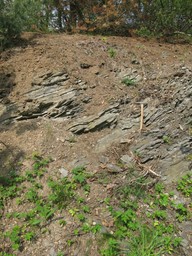
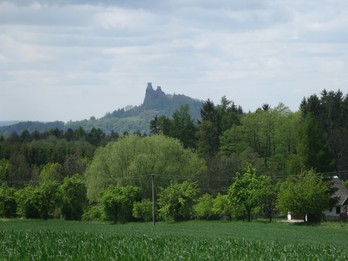
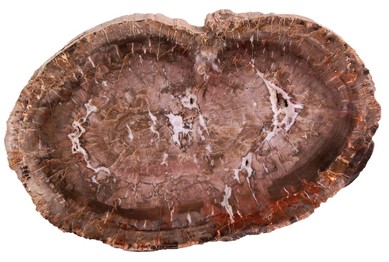
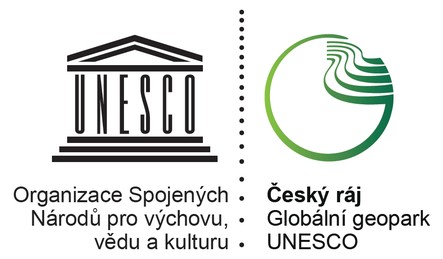
J) Miocene - Quaternary of Southern Moravia (Palynology: Carpathian Foredeep, Moravian Karst, Archeological localities)
(Post-Conference Field Trips, 2 days)
1 bus = approx. 50 attendees
Date: September 19-20, 2020
Price: 232 EUR/person including one night accommodation with breakfast,
bus transportation and guide, two lunch packages, one diner, local VAT and fees
Expected length: 730 km (bus), 2–3 km (walk)
This area of South Moravia is known not only for Czech vineyards and wine cellars (Mikulov), but also for Miocene deposits of the Carpathian Foredeep, several prehistorical localities and the Moravian Karst, with 15 palynologically evaluated caves. We will visit these localities: 1st day – Kůlna Cave (known for Neanderthal skeletal remains), Podbřežice (Langhian marine sediments, Bryozoal limestones), Pavlov (Archeopark - Upper Paleolithic settlement), Mikulov (wine cellars in the evening); 2nd day – Hevlín (Upper Burdigalian deposits), Pohansko (Early Medieval Settlement), Čejč Lake deposits (Pleistocene-Holocene).
Guides: Nela Doláková, Eva Břízová, Marianna Kováčová
